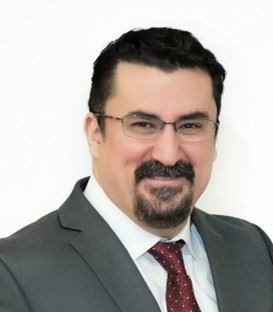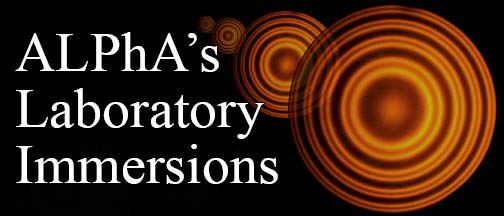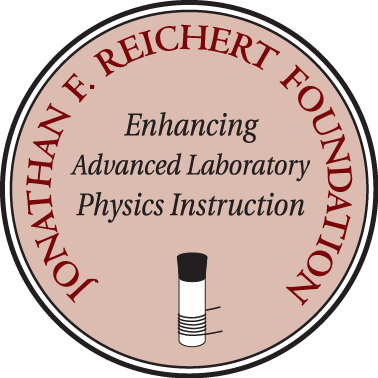- Home
- What We Do
- Laboratory Immersions
- Immersions 2024
- Imm2024UND_AtomicForceMicroscopy
University of North Dakota, Grand Forks, ND
Atomic Force Microscopy
June 25, 2024 to June 27, 2024
Number of setups
available: 1
Maximum
number of participants: 2
------------------------------------------------------------------------------------------------------------------------------------------
A tomic force microscopy (AFM) was invented by Binning, Quote and Gerber in 1986. AFM is designed to sense the forces between the tip and the sample. A sharp tip of a micron long is located at the free end of the cantilever. The interatomic forces between the tip and the sample surface atoms deflect the cantilever. The deflection induced displacement of the cantilever is measured by a sensor. Several techniques have been used for that purpose. The original design of Binning et. al. used an STM as the deflection sensor. Other sensors utilize optical interferometry, reflection of the laser beam from the rear side of the cantilever or the capacitance between the lever and the electrode located close to the rear side of the cantilever. Typically, sensors can detect deflections as small as . Measuring the deflection of the cantilever while the tip is scanning the sample surface allows the surface topography to be mapped. The AFM has the unique advantage that it can be used to study all types of surfaces.
tomic force microscopy (AFM) was invented by Binning, Quote and Gerber in 1986. AFM is designed to sense the forces between the tip and the sample. A sharp tip of a micron long is located at the free end of the cantilever. The interatomic forces between the tip and the sample surface atoms deflect the cantilever. The deflection induced displacement of the cantilever is measured by a sensor. Several techniques have been used for that purpose. The original design of Binning et. al. used an STM as the deflection sensor. Other sensors utilize optical interferometry, reflection of the laser beam from the rear side of the cantilever or the capacitance between the lever and the electrode located close to the rear side of the cantilever. Typically, sensors can detect deflections as small as . Measuring the deflection of the cantilever while the tip is scanning the sample surface allows the surface topography to be mapped. The AFM has the unique advantage that it can be used to study all types of surfaces.
Participants will develop skills in sample preparation, cantilever change, laser alignment and data analysis.
On the first day of immersion, we will go through the basics of AFM both theoretically and experimentally. The second day will be dedicated to measurements of various samples. The third day will have some measurement time and we will also go through the data transfer and analysis.
Participants are encouraged to bring their own laptop computers to perform data analysis.
The operation of AFM does not require any special safety protocols.
The cost of the equipment is about $15,000
Host and Mentor:
Please note that the Jonathan F. Reichert Foundation has established a grant program
to help purchase apparatus used in Laboratory Immersions. Limitations
and exclusions apply, but generally speaking the Foundation may support
up to 50% of the cost of the required equipment.




